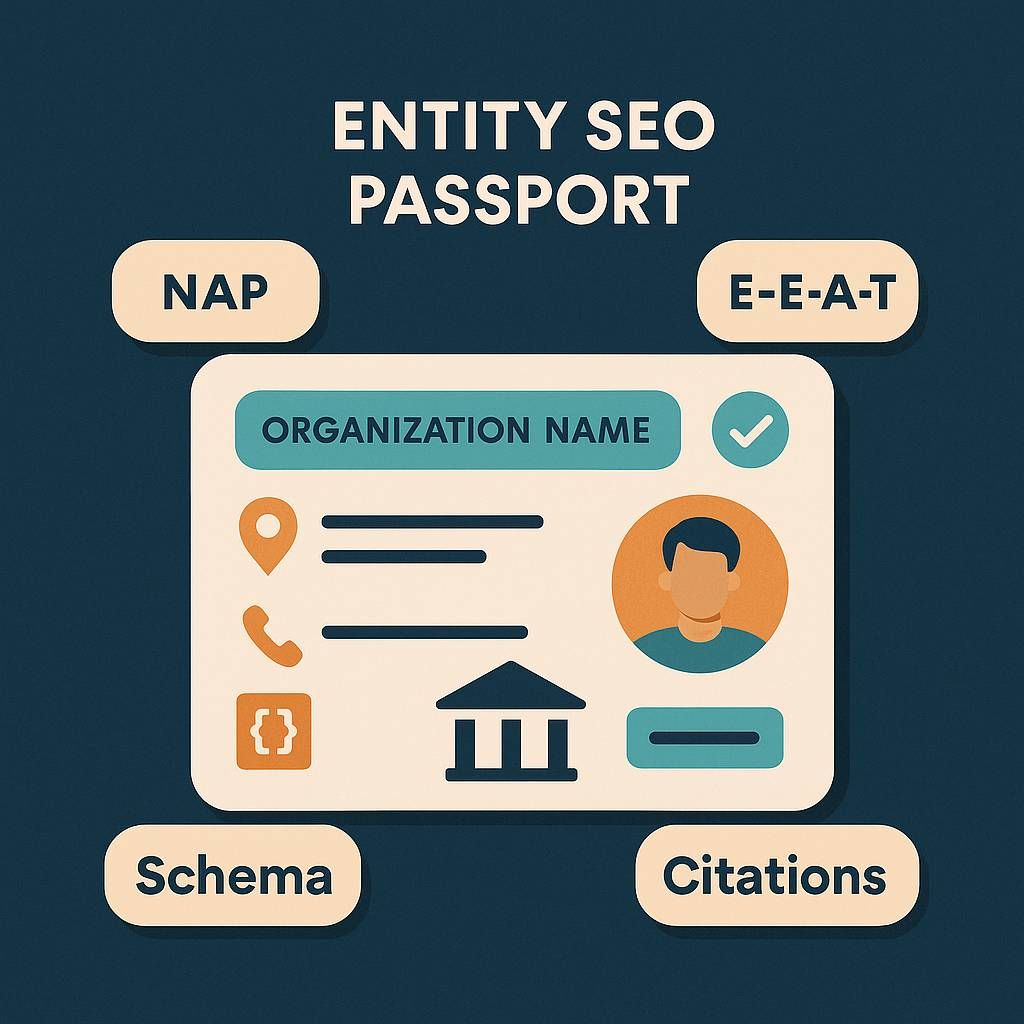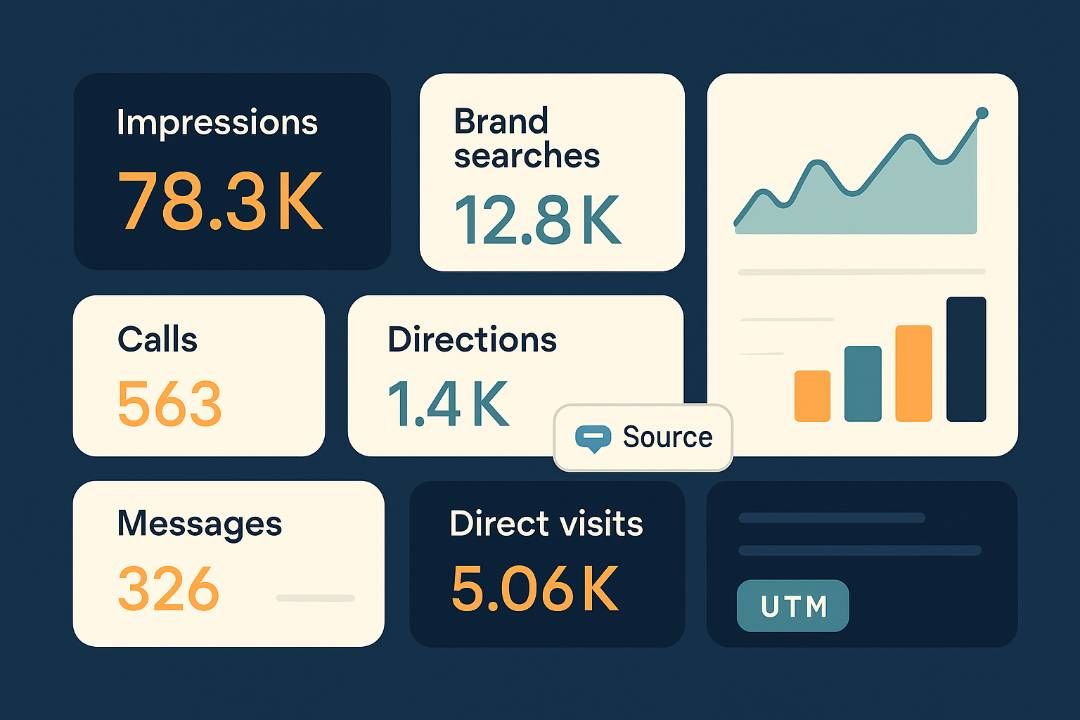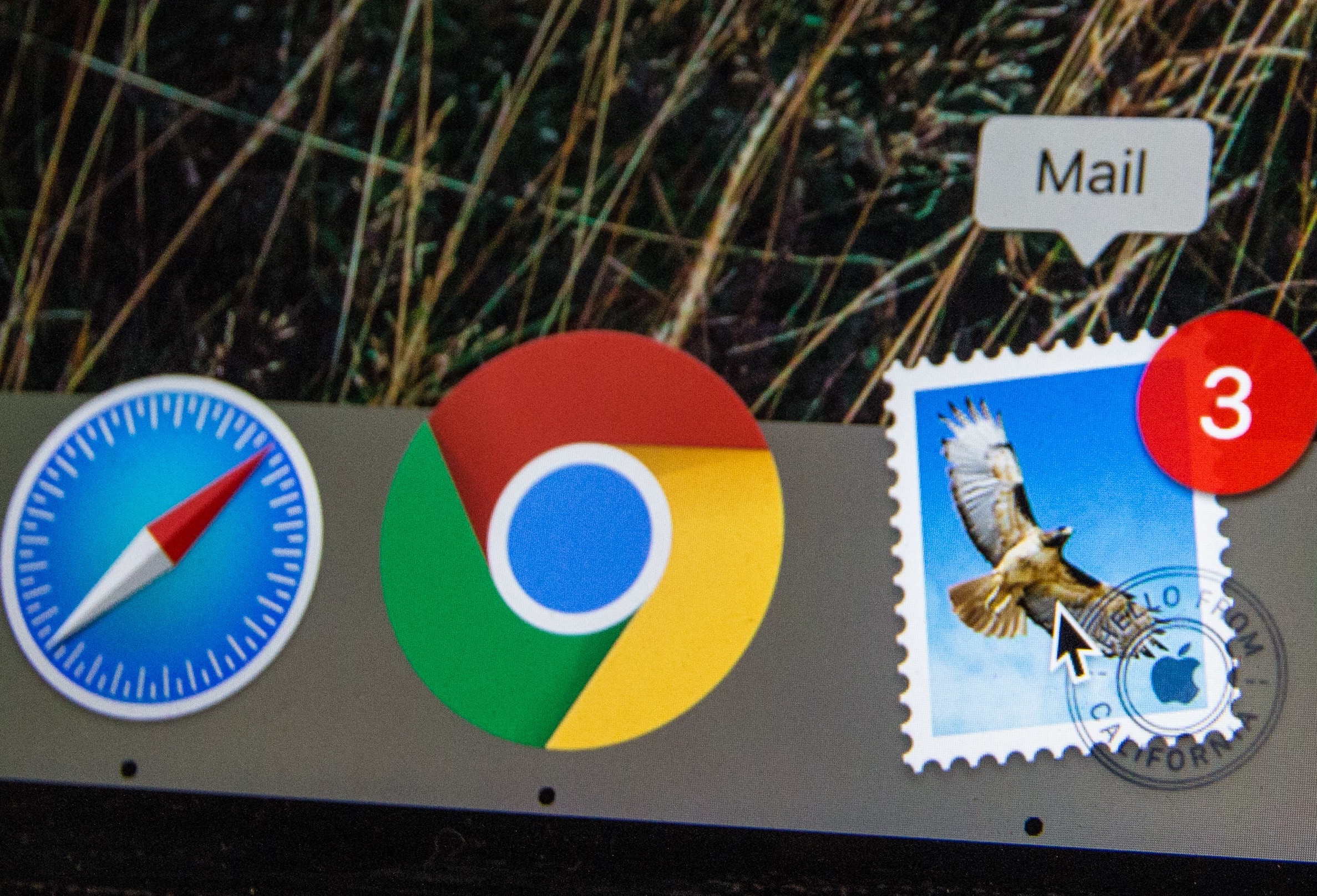AI Overviews & Conversational Search: How to Get Cited in 2025 — Generative results and chat answers (Google AI Overviews, Bing Copilot, ChatGPT/Perplexity) are reshaping discovery. This tutorial shows how local brands and councils become “cited sources”: entity/E-E-A-T signals, schema markup (Organization, LocalBusiness, FAQ, HowTo), reference content formats LLMs can safely summarize, freshness cadence, and linkable hub pages. Includes a zero-click KPI framework, UTM templates, and how Post Local News repackages updates into source-friendly pages and website embeds so your answers are visible wherever people search.
Introduction
For a decade, SEO meant “rank blue links on Google.” In 2025, discovery is different: people ask assistants, skim AI summaries, search on social, and compare on maps. When an AI system answers, it often cites or links to a few trusted sources. Your goal is simple: be one of them.
Being cited is not luck. It’s a repeatable mix of entity clarity, clean information architecture, evidence-backed pages, and structured data. This guide distills what works for local organizations and shows how to turn your posts into durable, citable resources — without turning your team into full-time SEOs.
1) What “cited source” means in AI Overviews
When assistants produce an answer, they prefer sources that are clear, stable, and easy to summarize. In practice, that means:
- Reference pages that address a single question or topic thoroughly.
- Consistent entity signals (who you are, where you are, what you do).
- Evidence (numbers, policies, dates, documents) and transparent authorship.
- Machine-readable structure (schema.org, headings, tables, lists).
- Freshness with visible update timestamps or change logs.
| Assistant surface | What it needs | What to publish |
|---|---|---|
| Google AI Overviews | Clear answers + schema + strong entity | FAQ/HowTo/Service pages with citations, lists, tables |
| Bing Copilot | Authoritative, updated, well-structured sources | Reference guides, policies, data snapshots, events |
| Chat apps (Perplexity/ChatGPT browsing) | Readable content, citations, canonical URLs | “What is…”, “How to…”, explainer posts with sources |

2) Build an Entity that machines trust (E-E-A-T, local edition)
AI systems reason in entities (Organization, Place, Person, Product). Make yours unambiguous and credible.
Entity Passport — minimum viable signals
| Signal | What to do | Where |
|---|---|---|
| Legal/official name | Use one canonical name across web | Site, footer, About, profiles |
| NAP consistency | Name–Address–Phone identical | Website, Google Business, directories |
| About & team | Real people, roles, expertise | About page with photos, bios |
| Policies & proofs | Pricing, returns, opening hours, bylaws | Dedicated, dated pages |
| Structured data | Organization/LocalBusiness, FAQ, HowTo | JSON-LD on key pages |
Bonus: maintain a lightweight Data Sources page linking to documents and datasets you quote. Assistants love verifiable references.
3) Reference content LLMs can safely summarize
Not all content is equal. Chat systems prefer pages that are atomic (one purpose), structured, and verifiable. Create:
- Explainers (“What is food waste collection in Bath?”) with definitions and scope.
- How-to guides (steps, prerequisites, tools, pitfalls).
- FAQs with one clear question per heading.
- Service pages (who qualifies, price, timetable, contact).
- Data snapshots (tables/figures + “last updated” + source).
Each page should include: a concise summary, a table or list, outbound citations, and a visible “Updated on” date. Keep URLs stable.
4) Schema that actually moves the needle
Use schema.org to make your answers machine-readable. Start with:
- Organization or LocalBusiness (sameAs to official profiles)
- FAQPage for Q&A sections
- HowTo for step-by-step tasks
- Article/NewsArticle for updates (with author/date)
- Event for activities (location, start/end, offers)
Keep descriptions plain-English, avoid promo fluff, and ensure on-page content matches the markup.
5) Freshness & change-logs: show your work
Assistants reward pages that are recent and transparent. Add a “Last updated” note, and a short Change log (e.g., “2025-08-20: new collection schedule”). Use internal links to the newest policy or event.
Establish a simple cadence: monthly for evergreen guides, weekly for service hours, event-day updates for time-sensitive pages.
6) Zero-click measurement: prove impact when traffic doesn’t click
AI answers often reduce clicks — but you can still measure value. Track proxies and assisted actions:
| Signal | Where to track | Why it matters |
|---|---|---|
| Brand + “near me” impressions & CTR | Search Console / GBP insights | Shows discovery even if fewer site clicks |
| Direct visits & branded queries | Analytics + Search Console | Users saw you elsewhere, then came direct |
| Calls, directions, messages | Google Business Profile | High-intent conversions off-site |
| Newsletter joins / QR scans | ESP & link shortener | Community building signals |
7) UTM templates for assistant-friendly links
When you share sources (press, partners, social), use short URLs with UTMs to detect assistant-assisted journeys later. Copy and adapt:
https://yourdomain.com/food-waste-guide?
utm_source=postlocalnews&utm_medium=embed&utm_campaign=ai_citable_hub
Keep parameters human-readable. Avoid “utm_content=long_hash”; assistants prefer clean, stable links.
8) How Post Local News helps you become a citable source
Many teams publish great updates on social — then they vanish in the feed. Post Local News (PLN) turns those updates into durable, source-friendly pages:
- Repackaging: one post → a canonical web page with headings, summary, and internal links.
- Embeds: drop your PLN feed into your website so assistants can crawl a clean, fast HTML version.
- Schema boost: add Organization/LocalBusiness + FAQ/HowTo where relevant.
- Freshness: automatic “Updated on” stamps and change-log notes.
- Tracking: link shorteners and UTM presets for zero-click KPIs.
Result: the same work powers social, your site, and assistant citations — with consistent branding and fewer manual steps.
9) 30-day playbook: from posts to citable hubs
Week 1 — Audit & selection
- Pick 5 key questions you want to own (e.g., “bin collection times”, “youth sport grants”).
- Map current assets (social posts, PDFs, notices) to each question.
Week 2 — Build reference pages
- Create one page per question: summary, steps/table, citations, contact, update date.
- Add schema (FAQ/HowTo/Event) and internal links.
Week 3 — Distribute & embed
- Publish on PLN, embed on your website, share short links with UTMs.
- Post a social teaser pointing back to the hub page.
Week 4 — Measure & iterate
- Review GBP actions, branded search, and direct traffic trend.
- Improve the two pages with most impressions and lowest CTR.

10) Governance & guardrails
Keep it sustainable and trustworthy:
- Owner: assign a page owner to each hub (keeps it fresh).
- Evidence: cite sources; separate opinion from facts.
- Accessibility: readable fonts, contrast, alt text (assistants and people benefit).
- Updates: prefer small frequent edits over big rewrites that break URLs.
Key takeaways
- Assistants cite clear, structured, verifiable pages — build those.
- Strengthen your entity (Organization/LocalBusiness) and keep signals consistent.
- Use FAQ/HowTo/Event schema; match markup to on-page content.
- Make freshness visible: “Updated on” + short change-logs.
- Measure zero-click impact via proxies (GBP actions, branded search, directs).
- Leverage Post Local News to turn posts into citable, embedded hub pages.
Conclusion
Conversational search is not the end of SEO — it’s a call to publish better sources. By clarifying your entity, packaging answers as reference pages, marking them up, and keeping them fresh, you give assistants exactly what they need to cite you. Combine that with pragmatic measurement and PLN’s repackaging/embeds, and your local audience will find trustworthy answers — wherever they ask.
Annex
Cited-Source Checklist
- One hub page per key question (summary, steps/table, sources, contact).
- Organization/LocalBusiness schema on site; FAQ/HowTo/Event on hubs.
- Stable, short URLs; “Updated on” date; change-log line.
- Outbound citations to official docs; avoid marketing fluff.
- Embed PLN feed or hub on your website for fast HTML crawling.
- UTM short links for shares; monthly review of GBP & branded search.
Further reading
- Schema.org — core types (Organization, LocalBusiness, FAQ, HowTo)
- Google Search Central — structured data & helpful content
- Bing resources — content and AI experiences
- Post Local News — tutorials & examples







